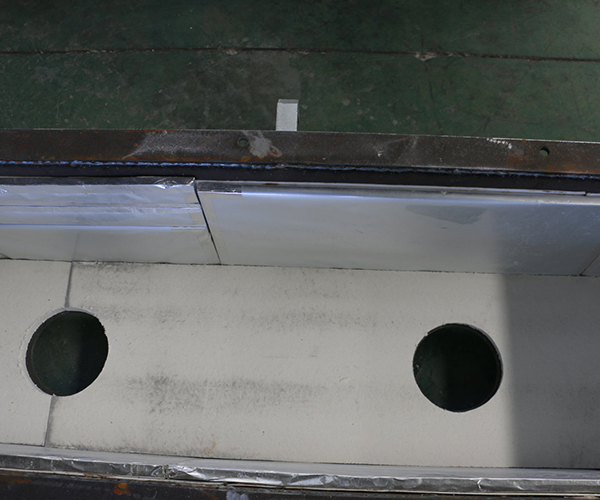High Aluminum Launder System is one of the basic equipments for aluminum alloy casting. Its main function is to divert the aluminum liquid from the furnace to the casting machine. The working area was originally built using a flow tank for the traditional high-temperature resistant castable.
In the process of use, the launder and trough surface is easy to stick aluminum, the working time of the operator is up to 30 minutes when cleaning the launder, and the casting material is easily damaged, so that the high-temperature aluminum liquid penetrates into the casting material, causing the shell steel plate to gradually deform, and the flow tank is 4 months. It can’t be used normally.
In addition, each pair of launders is maintained once, the castables need to be removed, and the shell steel plates are calibrated and rebuilt, and the maintenance process is labor-intensive.
In response to this problem, the operation area is retrofitted to the High Aluminum Launder after referring to the use condition of the same industry.

The new flow launder and trough after the transformation has high overall strength and large unit density. The surface of the high-alloy DC launder is coated with high-temperature refractory coating is not easy to stick to aluminum, and the internal slag is easy to clean.
Under high temperature conditions, there is no damage or cracking in two years, and there is no leakage of aluminum at the flow channel interface and the bottom, which eliminates the safety hazard of aluminum leakage in the launder. It not only reduces the labor intensity of the general aluminum work, but also saves a lot of maintenance costs compared to the traditional use of the trough.
High Aluminum Launder System Product Features:
1. Excellent thermal stability, excellent thermal shock resistance, excellent wind erosion resistance
2. The overall structural strength is high.
3. Save time and save the steps of on-site stirring, pouring and baking of refractory castables.
4. Save the consumables of refractory materials, such as the usage of refractory mud
5. Arbitrarily prefabricated into various shapes, with good thermal shock stability, high strength and good peeling resistance.

